This week we are excited to announce the arrival of three new board members to the N+T Board. Following Michele Davis and Brian Moy, we’re getting reacquainted with Sabrina Dorsainvil, an artist, designer, illustrator, and the Director of Civic Design for the City of Boston’s Office of New Urban Mechanics.
You’ve been involved in Boston's art ecosystem for a number of years as an artist and as the Director of Civic Design within the Mayor's Office of New Urban Mechanics — what are some of the biggest changes you’ve seen and what would you like to see more of?
I have been excited to see public art projects that outwardly encourage community collaboration and prompt us to see outside ourselves. As a city I can feel us actively turning to artists to do what they do best. Artists help us make sense of this time and of each other, creating the contexts that allow us to encounter, embrace, or escape the throws of the everyday.
I’d love to see a commitment to supporting queer, trans and non-binary folks. I want to see Indigeneity celebrated and decolonization prioritized. I look forward to seeing more artists of color being valued for their work. I want our city and our institutions to continue questioning what we welcome in public space and how it signals what we value.
I have been excited to see increased funding and opportunities for individual artists. It has been great to see creativity being welcomed and encouraged in spaces in which it formally could not be conceived of. This has taken shape in formal programs (artist residencies, accelerators, grants, partnerships) and other opportunities that allow artists to thrive. More funding for artists is a must.
Artists are authoring opportunities to experience the city in new ways. They are capable of holding space for the unknown and creating tools to surface what might be possible. I see such a value in both the utility of public art and in the ways in which it can serve as a catalyst for change. I am grateful to work alongside folks in the City’s Arts and Culture team who are wrestling with both the context of bureaucracy and the urgency to reimagine city practices. There is much to be done but I am encouraged by the relationships I see formed between artists and the City, other artists, and the city at large.
What was your first experience with public art and how did it make you feel? Or what did it make you think
While it may not be the first piece I experienced, my thoughts immediately went to a participatory public art project I encountered at the Bioneers by the Bay environmental conference. When I close my eyes to set the context I see myself as a high school student. I had just exited the auditorium and was standing on a path in the middle of a college campus. I had spent my time at this conference soaking in what I was seeing, hearing and being called to do. I watched Climbing Poetree take the stage and wrap my young mind in possibilities for the future during a confusing time. Seeing two women of color move us with their words was truly impactful. They encouraged each of us to reflect on our relationship to our earth and our humanity, and ultimately to call our bodies into action. I remember taking that same stage and saying aloud my innermost thoughts as a young person. I was being given the opportunity to see myself. I was being given the opportunity to imagine myself, my community, my relationship to the spaces I inhabit. I was also seeing the strength in creative practice. So with the buzz of possibility in me, I encountered a collective mural being curated by artists, made up primarily of recycled material from the conference and being created by individual passersby.
As a young visual artist I had been in the practice of making art for myself or for classes. This piece didn’t call on me as my individual artist self but rather my fundamental human self. That day, though temporary and site specific, I was invited to make, in community with others. I recount seeing marks made by fellow participants and eagerly imagining what my offering might be. I wondered how they came to the piece and what they were wrestling with internally. While I can no longer remember the prompt or even my own individual contribution, I do remember what I was left with from both what happened on stage and in public: the context in which a piece exists can shape its impact on you. There is power in provocation and collective self reflection can happen in even short interactions with a piece. Knowing the “who” that is offering an invitation to create, view or engage with can be an incredibly impactful opportunity for people to see themselves.
“I Embrace In the Love I Encounter” 2021 by Sabrina Dorsainvil.
How can free, public art support a more vibrant and equitable Greater Boston?
Public art can mark a moment, spark a reflection, encourage collective imagination, surface emotions and tell the story of our time. I see public art as a potential offering to imagine, to hold, to view, to engage with something that takes us either deeper in our hearts and minds, or enough out of them to soak in an experience. It has the capacity to do many things. When it comes to imagining a more equitable Greater Boston I see folks from a myriad of backgrounds and intersecting identities being supported and encouraged to set new contexts for us to ask questions, be in community and in reflection. Only by allowing access to spaces of imagination, hope, joy and beyond can we create the context for a more vibrant and equitable Greater Boston.



